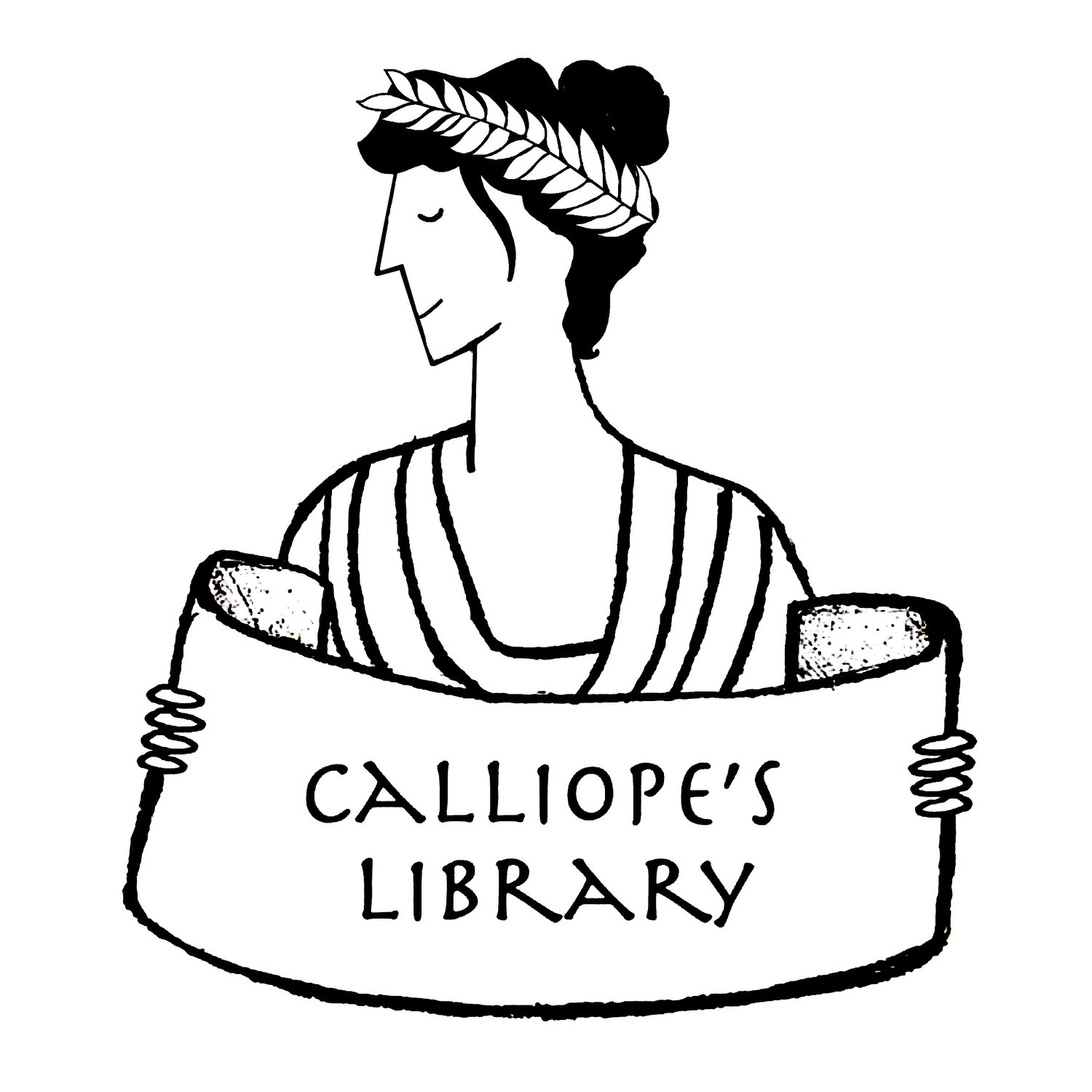Title: Asterix Omnibus, volume 1
Author: Rene Goscinny
Illustrator: Alberto Uderzo
English Translators: Anthea Bell and Derek Hockridge, later Adriana Hunter
Years: French original 1959-1977: most recent English reprint, 2011-2012
Tags: Chapter book, Graphic novel, Rome, Ancient worlds, Roman military, Roman religion, Gaul, Caesar, Comic Book, Original Language: French, vol 1: “Astérix le Gaulois”
This French comic book series first appeared in 1959 and has since been translated into 117 languages including Vietnamese, Hindi, Bengali, Arabic, Chinese, Korean, and Farsi. A timeless love of Asterix unites different peoples and cultures from all over the world.
This English translation groups the 39 comic books into 11 volumes. Perhaps this seems like overkill? Once you start reading, you won’t be able to stop. Indeed, our own copies of Asterix are falling apart from frequent handling.
Each volume begins with this prologue: “The year is 50 BC, Gaul is entirely occupied by the Romans. Well, not entirely….one small village of indomitable Gauls still holds out against the invaders. And life is not easy for the Roman legionaries who garrison the fortified camps of Totorum, Aquarium, Laudanum, and Compendium…”
Asterix, his friend Obelix, their chief, Vitalstatistix, and the druid Getafix fight off the Romans with arms, brute strength, magical potions, and wacky hijinks. The hilarious stories engage while accidentally educating. Roman history and culture pervade these comic books; they are peppered with Latin phrases and technical terms for religious ceremonies, troop movements, and Roman military hierarchy. I have a daughter who credits her score in the National Roman Civilization exam to reading and re-reading Asterix. --Sarah Klitenic Wear
The Asterix comics series first started in 1959 and is still going strong today. It’s about a small community of intrepid Gauls who manage to hold off the entire might of the invading Roman legions and keep their independence. It’s a fun series, filled with silly jokes, magic potions, and clever puns, but under all the cartoon comedy is a delightful story about a heroic group of (proto-) French resistance fighters taking a stand against an evil empire. When the comic first came out, the parallel to the French Resistance during the Nazi occupation gave the comic a special relevance. That combination of hilarious tone and serious undercurrent has made the comic a delight for generations of readers.
However, with decades of publication comes some material that hasn’t aged well. The Romans are depicted as evil and decadent, and one of the things that makes them objectionable is that they keep enslaved Africans to fan them and carry them on litters. This gives the false impression that Roman slaves were predominantly African, when in fact the Romans enslaved people of every ethnicity. Readers and responsible adults should also be aware that over the course of its long run Asterix makes extensive use of sexual and ethnic stereotypes that are pretty offensive, especially in later volumes when Asterix and his friends travel outside of their home territory. These include depictions of Native Americans in “Asterix and the Great Crossing” (vol. 22), when Asterix and Obelix visit North America, and depictions of African characters, such as the pirate Baba. The art style is cartoonish overall, but the African characters were drawn using the racist caricatures that were common in the 1930s, 40s and 50s. For the most part, the problematic content is similar to the old Tex Avery cartoons or Disney’s Peter Pan.
The publisher Papercutz has been grappling with this problematic material, and new English editions have adjusted the appearances of African characters to be less offensive. Responsible adults might look for recent editions to allow young readers to enjoy Asterix’s clever wordplay and madcap adventures without confronting the uglier side of the comic genre. However, Asterix remains iconic in much of the world, and erasing past offenses does not reduce their impact on the present. The series’ racist and sexist aspects could be a safe way to start discussions about racism and sexism in popular culture. –Krishni Burns


